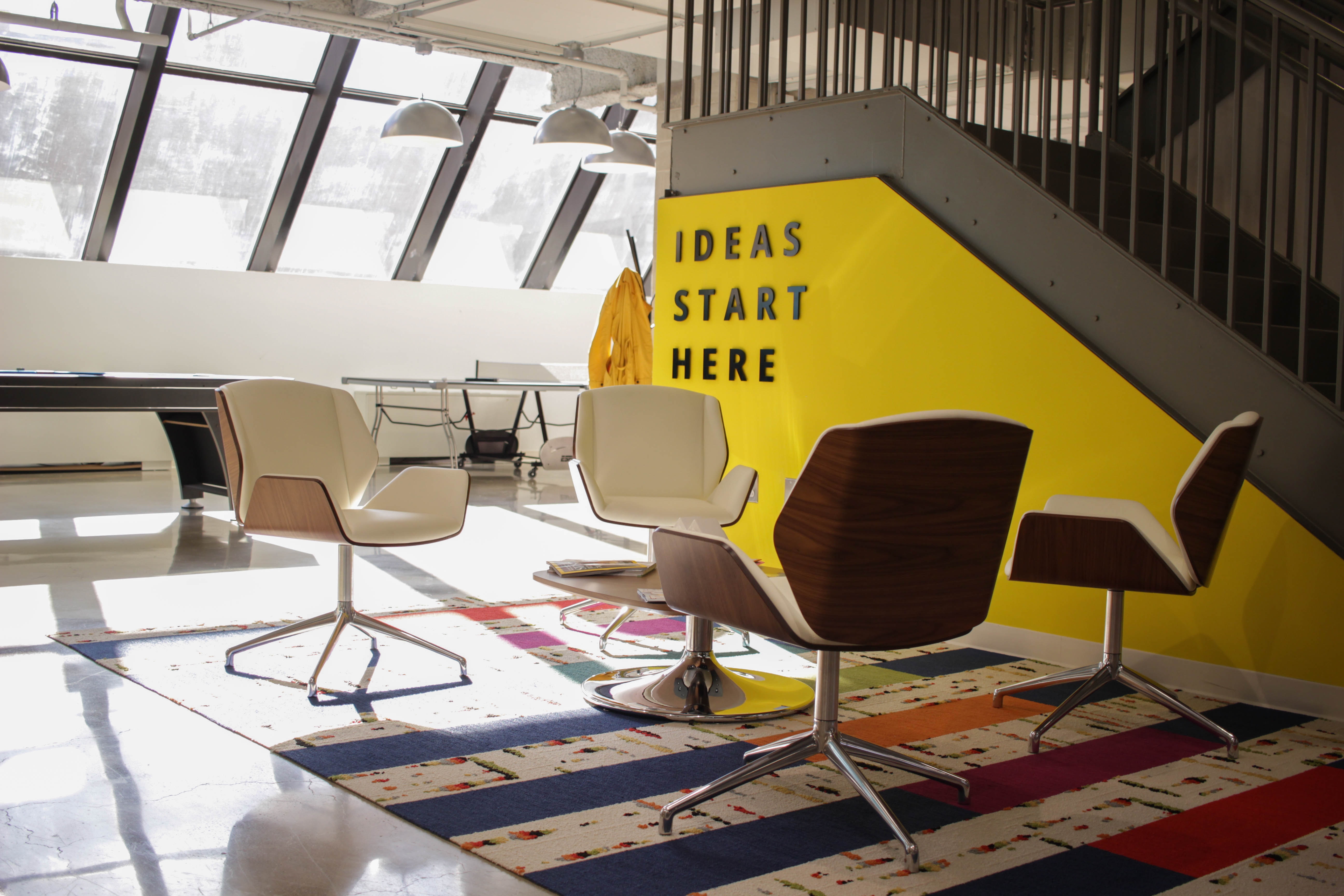In recent years, there has been a craze surrounding the startup culture in America. Why? The idea of conquering the American Dream has paved the way for young entrepreneurs to hop onto the trend. This has also affected many entry-level employees. This is because employees value their innovative culture and benefits.
After analyzing all the aspects of the startup culture, there remains one major element that truly makes a difference: organization design.
What Is It?
Organization design refers to the methodology in which an organization is structured. This relates to the manner in which processes, communication, and information pass through the different tiers of a company. Often times in major companies, this string of information trickles from the top down. This means the strategy is set by executives and action items are accomplished by lower-level employees. The reason why startups can be more efficient than massive companies is because of the direct lines of communication between those at the top and the bottom. Major companies tend to have several middlemen, which can slow down the lines of communication and approval, inevitably making them slower.
Another major difference between startups and major companies is how they approach the dysfunctional aspects of their workflow. This is where organization design really comes in! Startups usually enact an agile system. This means they constantly assess the dysfunctional aspects of their business and actively take measures to counteract them. A great example of a company that does this is Markitors, which is also listed as a best place to work in Arizona. Conversely, major companies tend to assess these annually, while startups do so on a quarterly or even monthly basis. This allows them to always ensure their business is running up to par and their customers are always receiving the best results.
How Does This Affect Me?
Regardless of the size of your company, organization design can always be improved. Major companies who have partnered with organization design firms include American Express, Nestle, and more! They realize that as the business environment changes, they must keep up. Moreover, as they diversify their product/service offerings, their original processes may no longer work. Organizations that do not do so often face consequences like:
- Inefficient workflows
- Silo mentality
- Delays in decision making
- Decrease in profitability
- Ineffective management
It is important that all companies constantly assess the lay of the land. If your company operating model no longer aligns with your purpose, it is time to make a change. If they do not, chances are they will fall behind.

